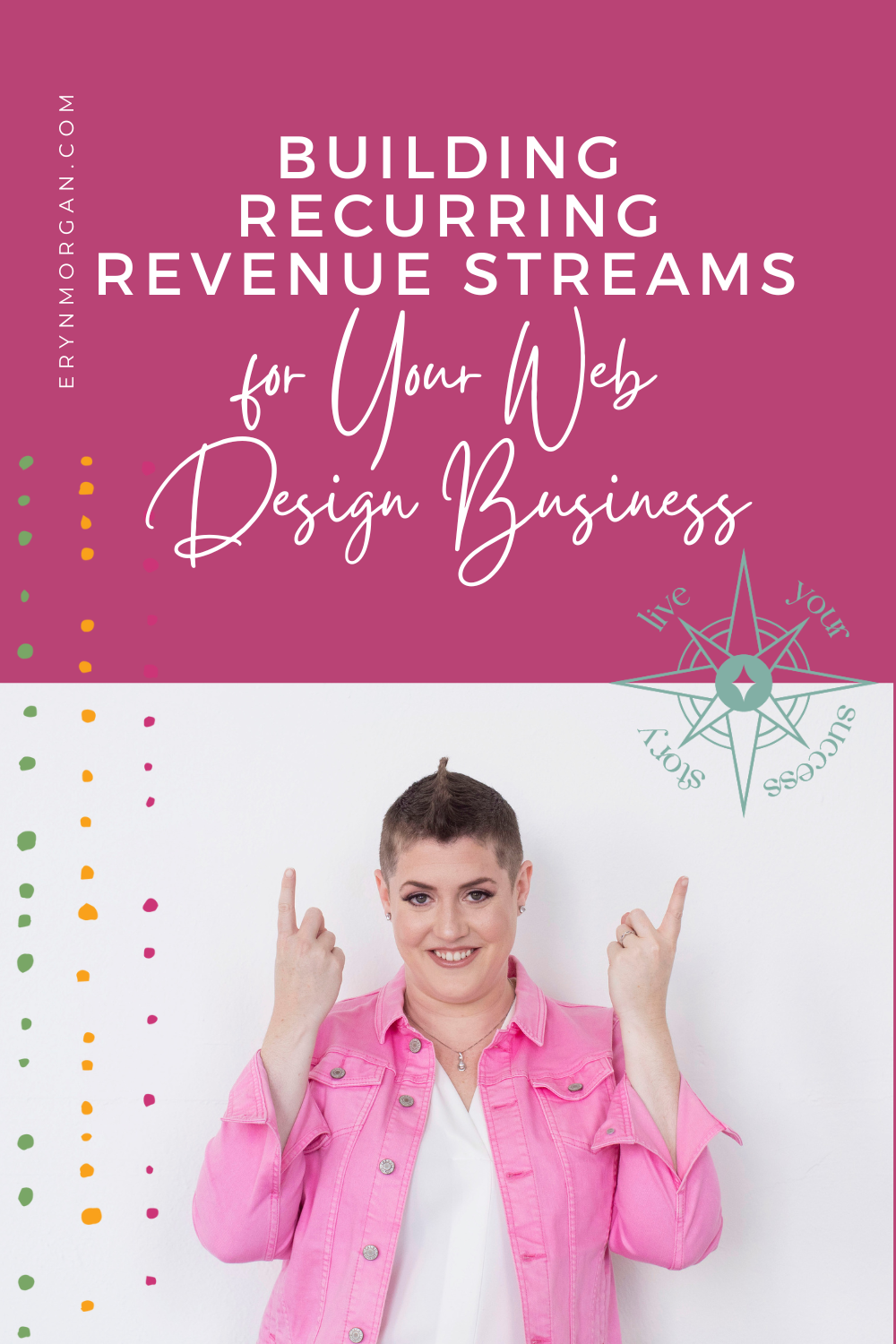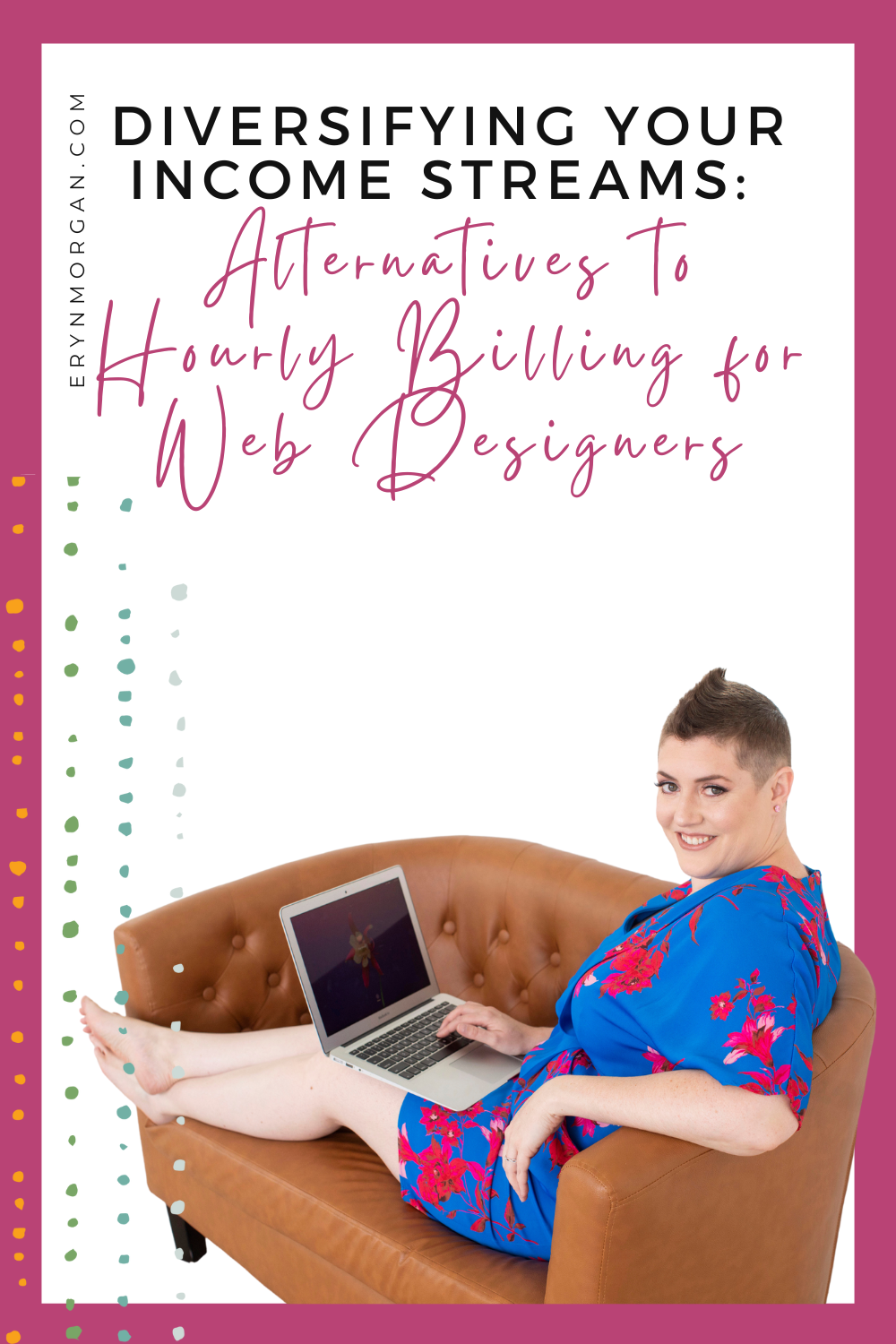If you’ve ever found yourself Googling, “How much should I charge for a website?”—you’re not alone. Pricing is one of the most emotionally charged and business-critical pieces of your agency, and yet most web designers are left to figure it out through trial and error.
You’ve probably tried templates, compared yourself to others in your field, or used gut feel when sending off proposals. Maybe you’ve even landed the client… only to realize you undercharged once the scope grew.
Sound familiar?
You don’t need another pricing template.
You need a system—a strategy that’s grounded in reality, aligned with your strengths, and designed to grow with you.
Whether you’ve been pricing from instinct, copying what your peers charge, or second-guessing your proposals right before you hit send, this post is your no-fluff, step-by-step guide to creating a pricing strategy that’s actually profitable and sustainable.
And to make this as real and relatable as possible, I want to introduce you to M—a brilliant, hardworking designer who came to me undercharging, unclear on who she was really selling to, and stuck in a pricing loop that wasn’t serving her.
Together, we reimagined everything: her goals, her ideal clients, her packages, and ultimately her pricing strategy. You’ll see her story woven throughout this post, because it mirrors what so many web agency founders face.
This isn’t just about what you charge—it’s about how you lead. Smart pricing isn’t a math problem. It’s a mindset shift. When you price with intention, you attract aligned clients, reclaim your energy, and design a business that finally feels like it fits.
Let’s build your pricing strategy from the ground up.
Step 1: Define Your Business Model and Income Goals (Pricing Strategies for Web Designers Starts Here)
Before you set a single price, zoom out.
Ask yourself what kind of business you’re actually building.
Do you want fewer, bigger projects or more, smaller ones? Are you flying solo or growing a team? Are you building toward retainer revenue or premium intensives?
Your pricing must reflect your vision. Otherwise, you’ll build a business that traps you instead of frees you.
Take M, for example. When she first came to me, her pricing simply didn’t support her real-life goals.
She wanted to earn a six-figure income, but her packages were priced so low that hitting her target would’ve required an unsustainable client load. She was already burning out—and nowhere near her financial goals.
Example:
If your revenue goal is $150,000/year and you want to work with 12 clients per year, then each project needs to bring in about $12,500.
Simple math, right? That doesn’t mean you keep $12,500 from each project—you’ll still need to pay yourself, cover business expenses, pay taxes, and potentially set aside savings. But this gives you a grounded starting point to check if your pricing is even in the right zone.
I’m not saying this is how you should run things forever—but getting your head around the math helps you make more confident decisions. That’s what ensures you walk away with the profit you planned for.
This isn’t about what the market will “allow.” It’s about reverse-engineering a business that works for you.
Step 2: Clarify Your Ideal Client and Buying Behaviors
Not every client wants (or needs) a fully custom site.
Some want a clean-and-simple setup, others want the works, and most fall somewhere in between.
Your pricing strategy should reflect how your ideal client thinks and buys.
Do they crave efficiency?
Deep strategy?
Ongoing support?
Are they risk-averse or ready to invest quickly?
The better you understand their mindset, the easier it is to design pricing that resonates.
When M and I looked at her audience, we realized something critical: she wasn’t selling to a specific enough niche. Which meant she couldn’t clearly answer the questions about her ideal client’s needs, challenges, or goals.
That vagueness was costing her—both in clarity and in confidence.
Once we narrowed her niche, her messaging sharpened and so did her pricing.
🎯 Tip: Don’t just ask, “What do they need?” Ask: “What are they trying to solve when they come to me?”
Sometimes they are there to “buy a website” plain and simple, but most of my clients get underneath this surface level reason and uncover that the person wants (and needs) to reach a bigger goal with their site.
Don’t be afraid to explore this.
Step 3: Choose the Best Pricing Strategies for Your Web Agency
Here are four models that work well for web agencies:
- Project-Based Pricing is great for defined scopes, but only if you have boundaries. Include buffers. Protect your time.
- Value-Based Pricing charges for outcomes, not outputs. This model commands the highest margins but requires confidence and clarity.
- Retainers or Subscriptions give you predictable revenue in exchange for ongoing support. Define deliverables tightly to avoid scope creep.
- VIP Days or Intensives work beautifully for clients who want speed and clarity. High-touch, high-impact, and best for seasoned businesses.
You don’t have to pick just one.
The most profitable agencies build a pricing ecosystem that blends formats to match client types.
That’s exactly what we did for M. Instead of trying to shoehorn all of her services into one rigid format, we mapped out a blend: a high-ticket flagship package, retainer offers for past clients, and VIP intensives for quick-turn needs.
That shift alone gave her multiple revenue streams that felt aligned—not scattered.
Curious about alternatives? Read: Alternatives to Hourly Billing for Web Designers
Step 4: Design Packages That Solve Real Problems (Pricing Strategies for Web Designers in Action)
Your packages shouldn’t just be feature lists.
They should read like solutions.
Each one should reflect a clear problem your client is trying to solve and guide them toward a tangible outcome.
With M’s newly defined ideal client, we were able to design packages that truly resonated. We built her offer stack around the problems her audience was already trying to solve—not just what she felt like delivering.
Example Package Stack:
The “Starter Package” gives the solo founder a clean, conversion-ready presence—without the overwhelm.
The “Growth Package” supports scaling brands with strategic upgrades that move the needle.
The “Premium Package” delivers hands-on strategy, custom design, and business consulting for clients ready to leap.
Notice: these aren’t about how many pages they get. They’re about what changes when they work with you.
Sometimes it takes some time to adjust your thinking from “just the features” to the benefits the features actually deliver.
It can also be hard to shift your mindset from “I sell websites” to “I solve problems” but it’s so worth it, and I can definitely help you with that.
Step 5: Communicate Your Prices with Confidence and Clarity
Your pricing strategy means nothing if you can’t say it out loud.
This is where communication becomes a make-or-break point.
During your sales conversations, lead with:
- Anchoring: Start with your highest-value offer to make mid-tiers feel more accessible, especially if you know the mid-tier offer is the best match for your prospect
- Framing: Shift from cost language (“This costs $X”) to investment framing (“This is designed to double your leads”).
- Outcome-focused copy: Don’t say, “Includes 5 pages.” Say, “Gives you a site that works while you sleep.”
For M, everything shifted when she realized that doing the work—from the initial sales call all the way through project delivery and off-boarding—was financially worth it.
That mental recalibration changed how she showed up in sales calls.
And her prospects felt the shift.
She went from having shaky sales calls to having confident, aligned conversions that led to booked projects.
Step 7: Revisit and Refine Your Pricing Strategy as You Grow
Your next pricing strategy won’t be your last.
Revisit it every quarter. Ask yourself:
- Are you hitting your income targets?
- Are your clients enjoyable to work with and still feeling aligned?
- Are your offers still sustainable?
- Do you need to incorporate some new standards or boundaries?
M didn’t just build one pricing model and walk away.
She’s been working with me for over three years, and each year we’ve refined, upgraded, and expanded her offers.
In her first year, she added over $100K in revenue.
In the years since, she’s added systems, a small team, and even transitioned into strategy consulting as a premium add-on.
That’s the power of strategic, sustainable pricing. It grows with you.
Final Note: Your Pricing Strategy Isn’t Just Math—It’s Momentum
The strongest pricing strategies for web designers aren’t just profitable—they’re personal. They reflect your capacity, your creative energy, and your goals beyond the spreadsheet.
If this post stirred something in you—excitement, clarity, or maybe even a little discomfort—good. That means you’re ready for a shift.
Here’s your next move:
Block 45 minutes. Sit down with your favorite drink, a clean sheet of paper, and a calculator.
- Define what you want this business to earn for you
- Reverse engineer what each project needs to bring in
- Sketch 1–2 packages that reflect your best work and your ideal pace
Then ask yourself: Would I be proud to send this to a potential client tomorrow?
If yes—go.
If no—recalibrate.
And if you want a strategic partner in your corner to walk through it with you? That’s exactly how M got started—by booking a strategy session with me to clarify her goals and rebuild her pricing from the ground up. We mapped her offers, recalculated her numbers, and created a roadmap that felt doable and exciting.
If you’re ready to do the same, you’ve got options:
📘 Download the guide: The Web Designer’s Pricing Playbook—perfect if you want to sit with this on your own for a bit.
🌟 Take the quiz: What’s Your Pricing Personality?—a fast, fun way to spot your blind spots and build your strengths.
🤝 Or book a strategy session: We’ll roll up our sleeves and design pricing that works—for your clients and your life.


